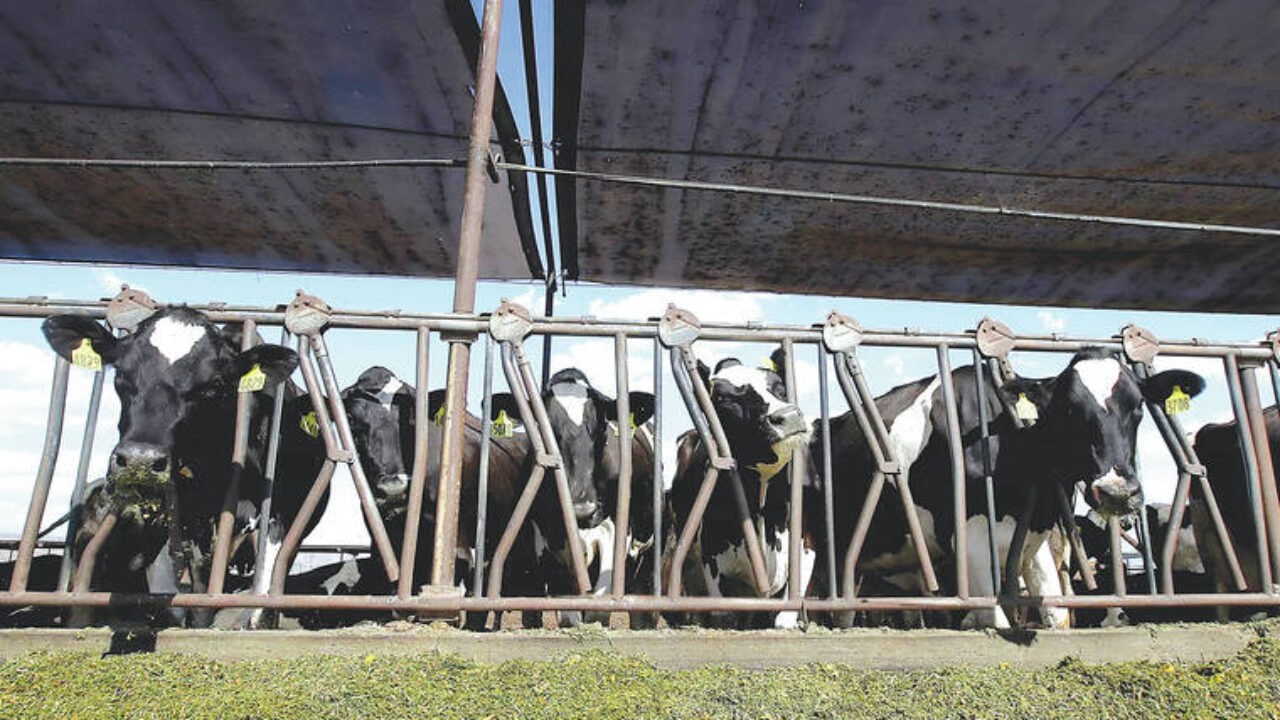
The recent outbreak of H5N1 bird flu in California's dairy industry has raised questions about how the virus made its way into the state. While the exact details are still under investigation, some information has come to light about a potential pathway for introduction.
According to Anja Raudabaugh, CEO of Western State Dairies, a trade group for California dairy farmers, one likely scenario involves the interstate transfer of cattle between California and Idaho. In late July or early August, a dairy farmer in Tulare County, California reportedly sold some cows to an Idaho farmer. However, the Idaho farmer was unsatisfied with the cattle and shipped them back to California.
During this back-and-forth transfer, it appears the cows became infected with H5N1. By the time the virus was detected, it had already spread within California. The California Department of Food and Agriculture has not officially confirmed this account, but spokesman Steve Lyle did state that genetic sequencing shows the California strain is most similar to that found in Idaho cattle.
This incident highlights the challenges of preventing disease spread during interstate cattle transfers. The USDA requires veterinary certification for lactating dairy cows crossing state lines, including proof of negative H5N1 tests within seven days. However, enforcement can be difficult given the high volume of cattle movement - California alone imports 275,000-300,000 cattle annually.
Some states like Idaho have implemented additional precautions, such as encouraging isolation of new cattle for 3-4 weeks. California currently only requires 30-day quarantine for animals showing disease symptoms.
While interstate transfers may have played a role, experts note that H5N1 can spread through various means, some not yet fully understood. As the investigation continues, the dairy industry and regulators will likely re-evaluate protocols to better safeguard against future outbreaks across state lines.
The introduction of H5N1 to California's massive dairy sector - home to 1.7 million dairy cows across 1,300 farms - serves as a reminder of the ongoing need for vigilance and coordinated disease prevention efforts in animal agriculture.